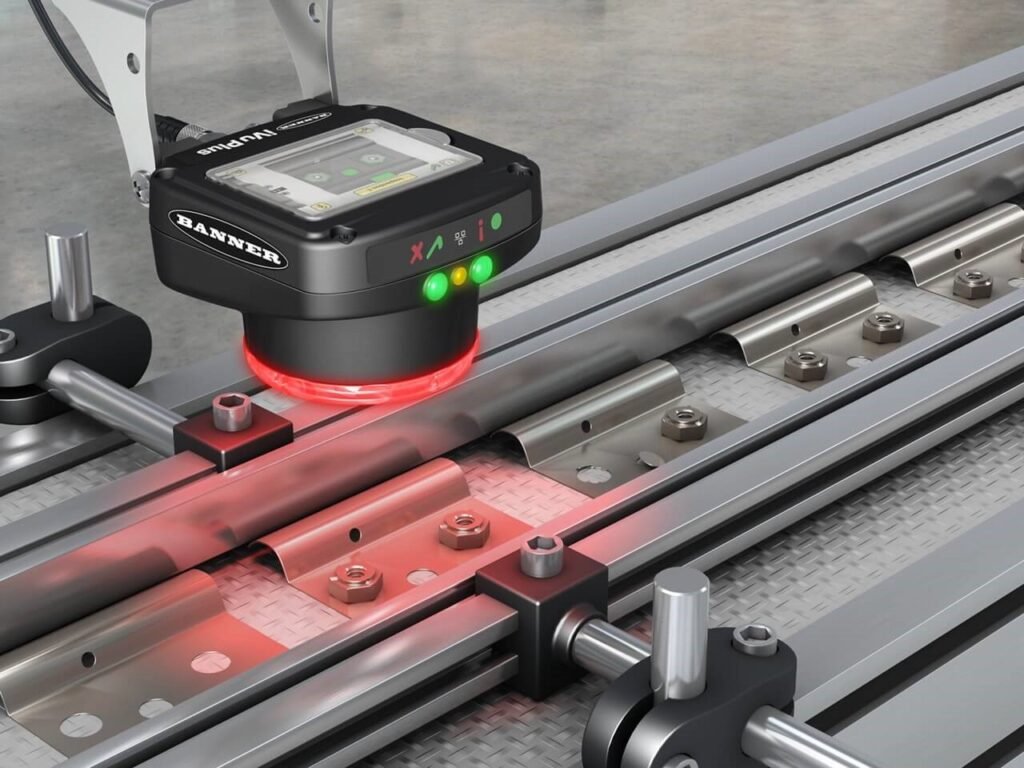
In today’s competitive manufacturing landscape, delivering high-quality products is not just a goal—it’s a necessity. Quality inspection is essential to ensure products meet stringent standards and customer expectations. Traditionally, manual inspection processes were slow, error-prone, and expensive. That’s where automation and workflow automation come in, transforming the way manufacturers approach quality assurance.
The Need for Automation in Quality Inspection
Manual quality checks often struggle to keep pace with modern production demands. With process automation and workflow automation, manufacturers can automate the process of inspection, ensuring consistent, reliable results while reducing costs and human error.
By integrating automation workflows into existing production lines, manufacturers can inspect products in real time, identifying defects immediately and reducing waste. This seamless workflow and automation approach not only improves product quality but also boosts overall efficiency.
How Workflow Automation Enhances Quality Processes
Workflow automation streamlines complex inspection procedures by standardizing tasks, eliminating bottlenecks, and ensuring data flows smoothly across systems. For example:
- Automated data capture: Sensors and cameras collect inspection data without manual input.
- Business process automation: Rules-based systems evaluate results, flagging defects automatically.
- Work flow automation: Coordination between machines, software, and human teams is optimized, keeping inspections aligned with production schedules.
These advances reduce variability and ensure inspections are performed consistently, meeting even the strictest quality standards.
Benefits of Process Automation for Quality Inspection
Process automation delivers clear advantages for manufacturing quality control:
- Consistency and Accuracy
Automated inspection systems eliminate subjective human errors and maintain uniform quality checks.
- Speed and Efficiency
Automation workflows inspect products faster than manual methods, supporting high-volume production without delays.
- Cost Savings
By automating the process, manufacturers reduce labor costs and minimize waste from defects.
- Data-Driven Insights
Integrated systems provide real-time analytics, enabling continuous improvement and informed decision-making.

Business Process Automation for Connected Quality Systems
Business process automation connects quality inspection with broader manufacturing systems. This holistic approach enables:
- Real-time defect tracking across production lines
- Integration with ERP and inventory systems for proactive adjustments
- Seamless communication between quality, production, and logistics teams
This workflow and automation strategy ensures quality management is not siloed but part of a connected, agile manufacturing process.
Future of Quality Inspection: Smart Automation Workflows
Manufacturers are embracing advanced automation technologies such as AI and machine learning to further enhance quality inspection:
- AI-driven defect detection improves accuracy with continuous learning.
- Predictive analytics anticipates quality issues before they occur.
- Automation business solutions integrate inspection seamlessly with supply chain and customer service.
By investing in these automation workflows, manufacturers gain a competitive edge in delivering superior products at scale.
Conclusion
Quality inspection in manufacturing has entered a new era, driven by automation, workflow automation, and process automation. By embracing these technologies, manufacturers can automate the process, reduce costs, enhance accuracy, and deliver consistent, high-quality products that meet evolving customer demands.
Adopting business process automation isn’t just about efficiency—it’s about staying ahead in an increasingly competitive market.



